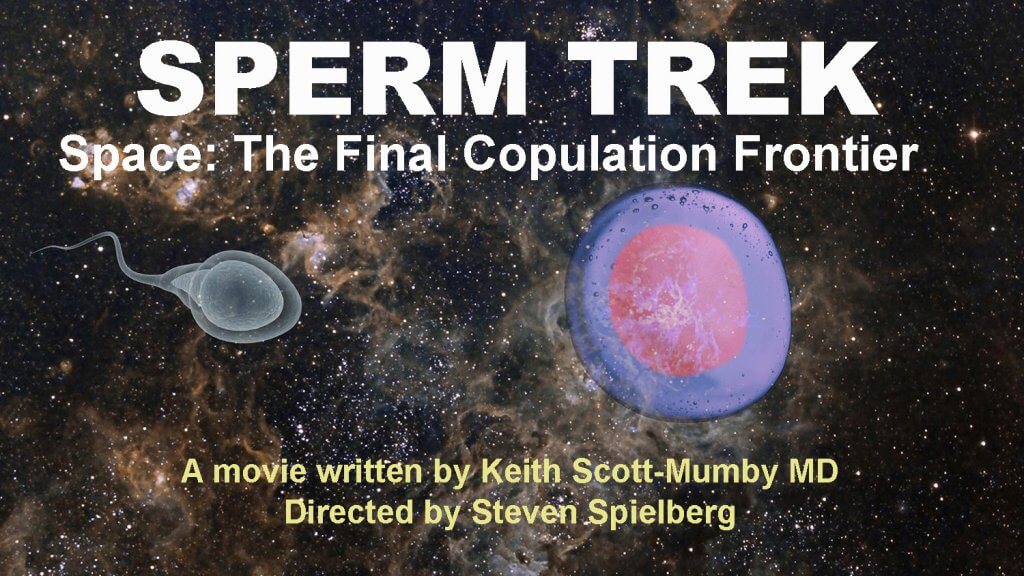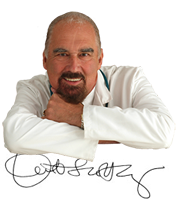The thing about life is that it’s… well, living. You might think it’s easy to kill things but not so. Life is prodigious in its powers of replication. Life gets everywhere and THRIVES, no matter what you do.
It takes some seriously sick filth, like man-made chemicals, to harm life.
Even if you wipe out a generation or a strain, SOMETHING will survive. DNA is a mysterious but powerful messenger. It can survive in outer space and still be viable.
That’s why some of us think the earth was colonized from space. It’s a model called “Panspermia” (life everywhere). All that evolutionary hooey, from Charles Darwin and his groveling apologists, like Richard Dawkins, almost certainly never happened. There is no EVIDENCE of evolution, which is curious if it did happen. Where are the intermediate giraffes, with longer and longer necks? There aren’t any. None!
Lack of such evolving life forms is virtual proof that evolution did NOT take place, don’t you think? Consider this quote from Sir Fred Hoyle…

I don’t think he necessarily meant God. But intelligence is something we all participate in (well, except politicians). We are, all of us, the creative force in the universe.
But how did life get through space: no air, no water, no food and very little or no gravity? Plus space is very fierce in the radiation present, such as deadly UV light from the Sun. It could fry a human in minutes and astronauts have to be protected from it.
I repeat: life is prodigious in its powers. Praise be to the Creator of All!
Believe it or not, the first space travelers were seeds. As long ago as 1946, NASA launched an ex-German V-2 rocket carrying maize seeds to observe how they’d be affected by radiation. Since then, the scientific community has learned a great deal about the effects of the space environment on seed germination, metabolism, genetics, biochemistry and even seed production.
Take the 2008 EXPOSE experiment, in which plants were stranded in space for over 550 days, OUTSIDE the International Space Station (ISS), in dead space.
Astrobiologists David Tepfer and Sydney Leach masterminded research into how seeds would do back on Earth after spending extended periods on the International Space Station. The goal was to understand not only the effects of long-term radiation exposure, but a bit about the molecular mechanisms of those effects.
How Does Nature Do It?
Seeds possess a couple of remarkable traits that Tepfer and Leach hypothesized would give these pioneering seeds more than a fighting chance.
First, they contain multiple copies of important genes – what scientists call redundancy. Genetic redundancy is common in flowering plants, especially food products, such as seedless watermelon and strawberries. If one genetic copy is damaged, there’s still another available to do the job.
Secondly, seed coats contain chemicals called flavonoids that act as sunscreens, protecting the seed’s DNA from damage by ultraviolet (UV) light. On Earth, our planet’s atmosphere filters out some harmful UV light before it can reach us. But in space, there is no protective atmosphere.
The researchers stored the seeds in a single layer on the outside of the ISS behind a special kind of glass that let in ultraviolet radiation only at wavelengths between 110 and 400 nanometers. This made DNA very vulnerable, because it readily absorbs UV radiation in this wavelength range.

Testing the ability of life to survive OUTSIDE the space station
A second, identical set of seeds was also on the ISS, but shielded completely from UV radiation. The purpose of this experimental design was to observe the effects of UV radiation.
Tepfer and Leach chose tobacco seeds and Arabidopsias, a small plant often used in biology models. Both have a redundant genome and therefore good odds for survival. They also included a genetically engineered variety of tobacco with an antibiotic resistance gene added; the plan was to later test this gene in bacteria and determine if there was any damage.
In addition to normal Arabidopsis, they sent up two genetically modified strains of the plant that contained low or no UV-protective chemicals in their seed coat.
Finally, they also included purified DNA and purified flavonoids. This gave the researchers a wide range of scenarios by which to understand the effects of space on the seeds.
Lastly, back on Earth, the researchers performed an experiment back in the lab that exposed Arabidopsis, tobacco and morning glory seeds to very high doses of UV light for only a month.
After all these various exposure conditions, how well did the seeds grow?
The seeds that had been shielded in the lab did the best, with more than 90 percent of them germinated. That’s the benchmark. Next came the seeds that had been exposed to UV radiation for one month in the laboratory, with better than 80 percent germinating.
For the space-traveling seeds, more than 60 percent of the shielded seeds germinated. A mere 3 percent of space UV-exposed seeds did.
Now 3% may not sounds very much. But it’s actually brilliant. It’s doubtful if 3% of turtle young or acorns actually survive. But that’s not a problem because nature is so profligate: a single plant or organism may produce millions of spores or seeds.
A single human ejaculation releases 100 – 250 million sperm (Live Science website), yet it only takes one sperm to make a baby.
In terms of test species, the Arabidopsis seeds did not survive once planted in soil. Tobacco plants, however, showed reduced growth but that growth rate recovered in subsequent generations. Tobacco has a much heartier seed coat and a more redundant genome, which may explain its apparent survival advantage.
When the researchers plugged the antibiotic resistance gene into bacteria, they found it was still functional after its trip to space. That finding suggests it’s not genetic damage that’s making these seeds less viable. Tepfer and Leach attributed the reduced germination rate to damage to other molecules in the seed besides DNA, maybe the proteins.
A redundant genome or built-in DNA repair mechanisms couldn’t solve that particular problem, so no wonder the Arabidopsis plants didn’t survive transplanting.
As for the ground experiments, the researchers found that radiation damage is dose-dependent – the more radiation the seeds received, the worse their germination rate.
[These particular researchers probably knew nothing about the phenomenon of hormesis, in which tiny doses of radiation make an organism bigger and more vigorous]
So, YES: space is a very hostile environment and bordering on lethal to life. But not quite. Even if only a few viable organisms get through, colonization is possible.
And maybe somewhere, in the great depths of the heavens, there could be a wandering sperm cell, encased and safe, that bumps into an equally viable human egg, and a baby is born… on Planet Zod!
I’m not trying to spin a wildly improbable religious story, just a fun dream.
But it is possible. Are you ready for the facts, Spielberg?

Wasn’t that fun?

